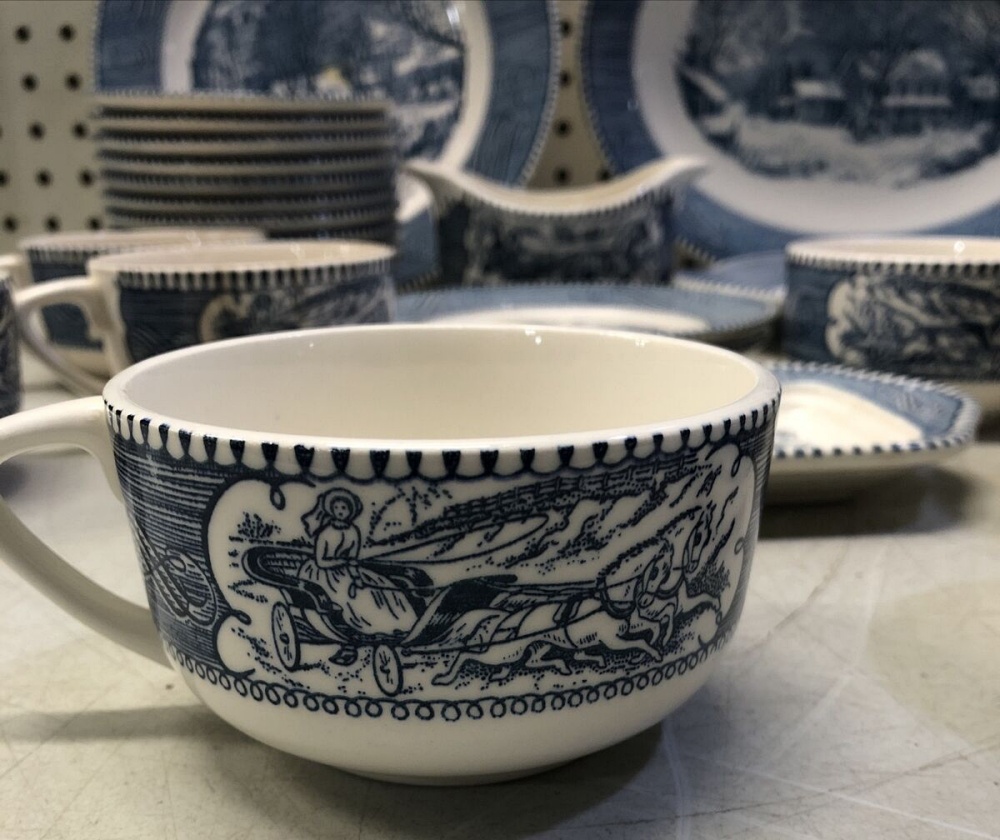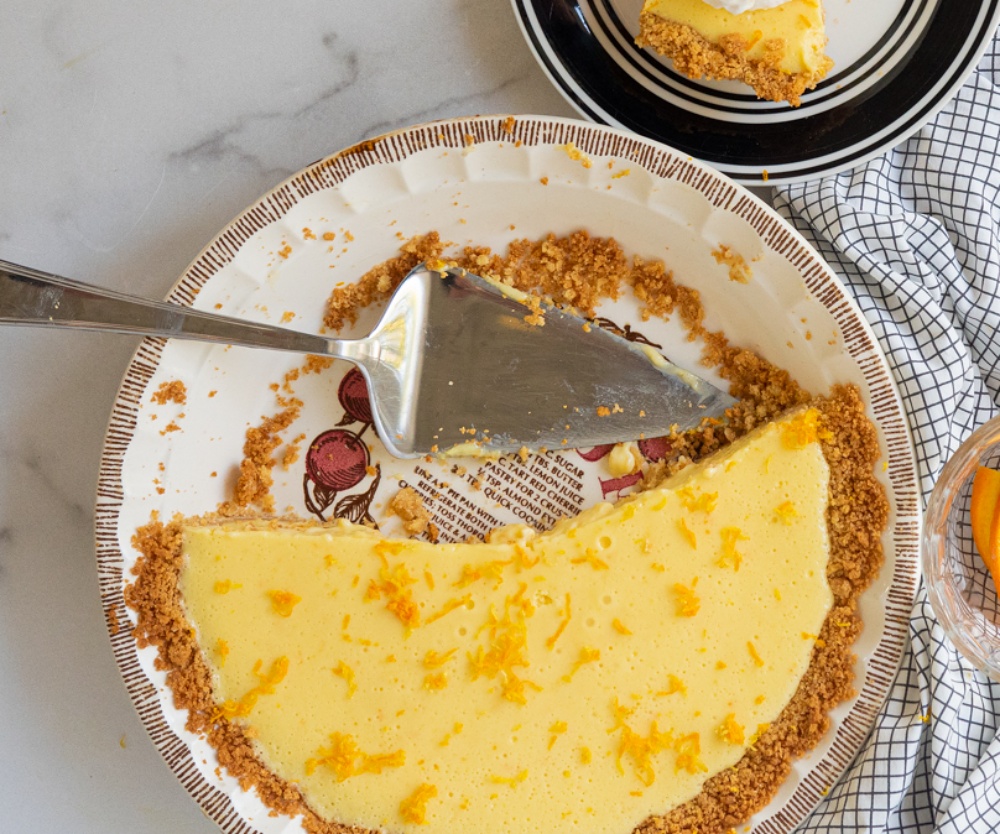How Royal China Become So Popular in the 1950s
These were scenes of comfort and nostalgia.
If you collect china or even if you simply remember your parents’ or grandparents’ china well then you’re probably familiar with Royal China- if not by name then by sight. This company was based in Sebring, Ohio, not be confused with the china company of the same name that was located in France that made gilt china. Instead Royal furnished china in quaint patterns that had a nostalgic appeal to people in the 1930s (and well beyond). The lipstick effect was in full swing when the company launched in 1934. During the Great Depression people often couldn’t afford large purchases, but smaller luxuries (within reason) were fair game. With their cheery patterns this brand rose to become one of the most popular in the US during the middle of the 20th century. So, what made them so desirable?

Royal China produced the famed Currier and Ives dishes, which looked like they could have been the illustrations for Little House on the Prairie books. Winter sleigh rides over the snow, women dressed in bonnets, water wheels grinding wheat at the mill- these were the scenes that were fast fading from the American countryside. But, people could have a little bit of that cozy feeling with them when they looked at these transferware dishes.
They also paid homage to Scottish culture with their Tam O’shanter pattern and they had a version of blue willow called Willoware. The also made the bucolic Colonial Homestead pattern, and much like the Currier and Ives plates there were different designs available on different pieces. A roaring fire in the hearth in one, a spinning wheel on another, and a bellows on smaller pieces were scenes of Americana from this pattern.

The china was sold as sets for an affordable price, but customers could also buy the pieces one at a time in “stock pricing”. The dinnerware was also part of stamp promotions such as S & H Green Stamps. These money saving prices were appealing during the 1930s, but continued to be a cornerstone of the their post-war sales. 1950s homemakers flocked to these comforting patterns. And, the prices couldn’t be beat. In the early 1950s a 20-piece set cost less than $6 cash or could be had at a steep discount if used with the stamp coupons.
They also had a line of solid color dinnerware to compete with Fiestaware. In the 1950s and 1960s the trend changed from colonial revival to atomic and the china patterns changed, too. The Blue Heaven, Tweed, and Star Glow dinnerware patterns also proved to be extremely popular while catering to a more modern sense of style.
In the early 1960s Royal bought George Pottery as well as the French-Saxon China Company. They had also begun selling matching tumblers for some of their patterns as well. By 1965 they were the largest china manufacturers in the US. But, the president retired in 1969 and the company was then sold to the Jeannette Glass Company.

During this period they were making their the famous stoneware recipe pie plates. Each one had a recipe in the center, these ranged from cheesecake to pumpkin pie to apple pie and quiche Lorraine. There was even a recipe for armadillo pie! In the 1980s Jeanette was bought by Coca Cola and later sold again, only to be decommissioned in 1986.
Today you can find these pieces for next to nothing at secondhand stores since they were in production for so long. There are many of these dishes still out there. While they might not be valuable in terms of money, they most certainly hold a special place in the hearts of those who remember them from years ago.
SKM: below-content placeholderWhizzco for DOT

